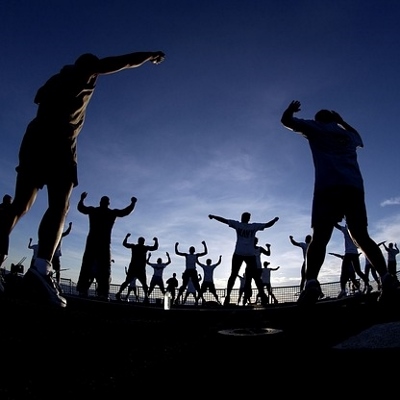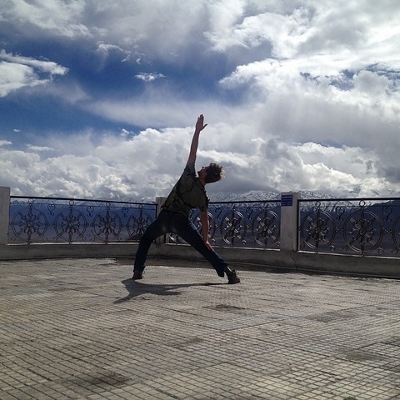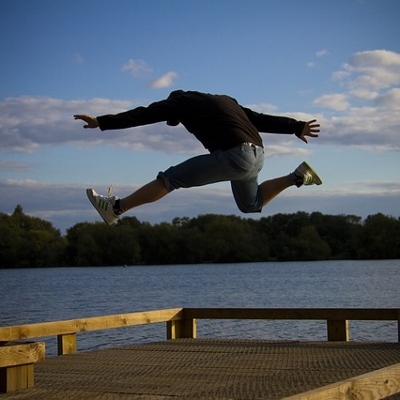 When running, many of us take the time to determine the distance the run will be, where the run will be, and the pace we plan to take. One aspect we don’t always consider, which is perhaps the most important one of all, is how we run; we often forget to consider our running form. In Running Form: Part One, the areas of focus were posture and arms. Runners should also consider proper foot plant, stride length, and stride mechanics.
When running, many of us take the time to determine the distance the run will be, where the run will be, and the pace we plan to take. One aspect we don’t always consider, which is perhaps the most important one of all, is how we run; we often forget to consider our running form. In Running Form: Part One, the areas of focus were posture and arms. Runners should also consider proper foot plant, stride length, and stride mechanics.
- Foot plant – When your foot makes contact with the ground, it should fall under your hips. Many runners extend their legs too far and consequently land on their heels for each step. Rolling from your heel to your toe is inefficient; you want your contact time with the ground for each step to be minimal. Landing heel first also transfers high impact through your heels to your knees, and even to your hips, which is often the cause of injuries, such as shin splints. Ideally, distance runners land on the balls of their feet or flat-footed.
- Stride Length – A simple way to fix foot plant is by altering stride length. Over-extension usually causes the heel plant, which basically acts as a brake on one’s forward motion, adding excessive stress upon impact. The key is to maximize your stride length, while maintaining a forward foot that falls below your center of mass, never in front.
- Stride mechanics – The main point here is: Don’t bounce, glide. The less time you spend in the air, the more time you will have to be pushing yourself forward.When running, you want to focus all of your energy on horizontal (forward) motion, not vertical (unless there are tripping hazards, of course)! Any up and down motion wastes energy, and creates a harder impact for your body when landing. Have you ever noticed runners who sound as if they are stomping while they run? This is an indicator of poor form (leaning forward or bouncing too much). When running, you should feel as though you could sneak up on someone, your feet making light, quick, non-stop, circular motions.
In short, let your feet land under your hips and glide. (Easier said than done.)





